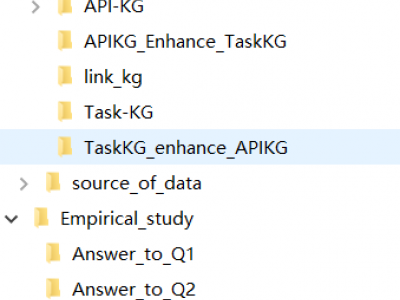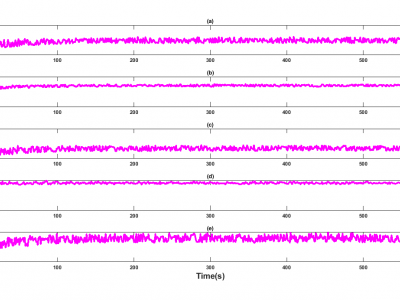Artificial Intelligence

Blast furnace iron-making process (BFIP) is one of the most critical procedures in the iron and steel industry, in which timely detection and accurate classification of faults have always been of core focus. Nevertheless, due to the coupling effects of complex nonlinear and nonstationary characteristics hidden among the data, the consistent underlying information in the process cannot be accurately mined, hindering the establishment of the BFIP fault diagnosis model.
- Categories:
 108 Views
108 ViewsThe C3I Synthetic Human Dataset provides 48 female and 84 male synthetic 3D humans in fbx format generated from iClone 7 Character creator “Realistic Human 100” toolkit with variations in ethnicity, gender, race, age, and clothing. For each of these, it further provides the full-body model with five different facial expressions – Neutral, Angry, Sad, Happy, and Scared. Along with the body models, it also open-sources a data generation pipeline written in python to bring those models into a 3D Computer Graphics tool called Blender.
- Categories:
 637 Views
637 Views
Data for neural networks.
Magnetic flux intensity - input
The real pose of a single magnet - output
- Categories:
 181 Views
181 Views
Code example for Rethink, Revisit, Revise: A Spiral Reinforced Self-Revised Network for Zero-Shot Learning
- Categories:
 59 Views
59 Views
The picture shows the operation result of image security retrieval. The experiment was validated on five common data sets.
- Categories:
 145 Views
145 Views"128_dim_word_vector" is the word vector that is used in 2.2.1. "86 keywords" is used to extract directive sentences in section 3.1.1. "constructed_KG and source_of_data" contains the constructed API-Task KG and source of data used in constructed KG. ”Experiment RQ_1 and RQ_2" is the experiment data. "Empirical_study" contains the Stack Overflow questions that are used in the empirical study.
- Categories:
 139 Views
139 ViewsAnonymous network traffic is more pervasive than ever due to the accessibility of services such as virtual private networks (VPN) and The Onion Router (Tor). To address the need to identify and classify this traffic, machine and deep learning solutions have become the standard. However, high-performing classifiers often scale poorly when applied to real-world traffic classification due to the heavily skewed nature of network traffic data.
- Categories:
 728 Views
728 Views
Measuring the appearance time slots of characters in videos is still an unsolved problem in computer vision, and the related dataset is insufficient and unextracted. The Character Face In Video (CFIV) dataset provides the labeled appearing time slots for characters of interest for ten video clips on Youtube, two faces per character for training, and a script for downloading each video. Additionally, three videos contain around 100 images per character for evaluating the accuracy of the face recognizer.
- Categories:
 327 Views
327 Views



